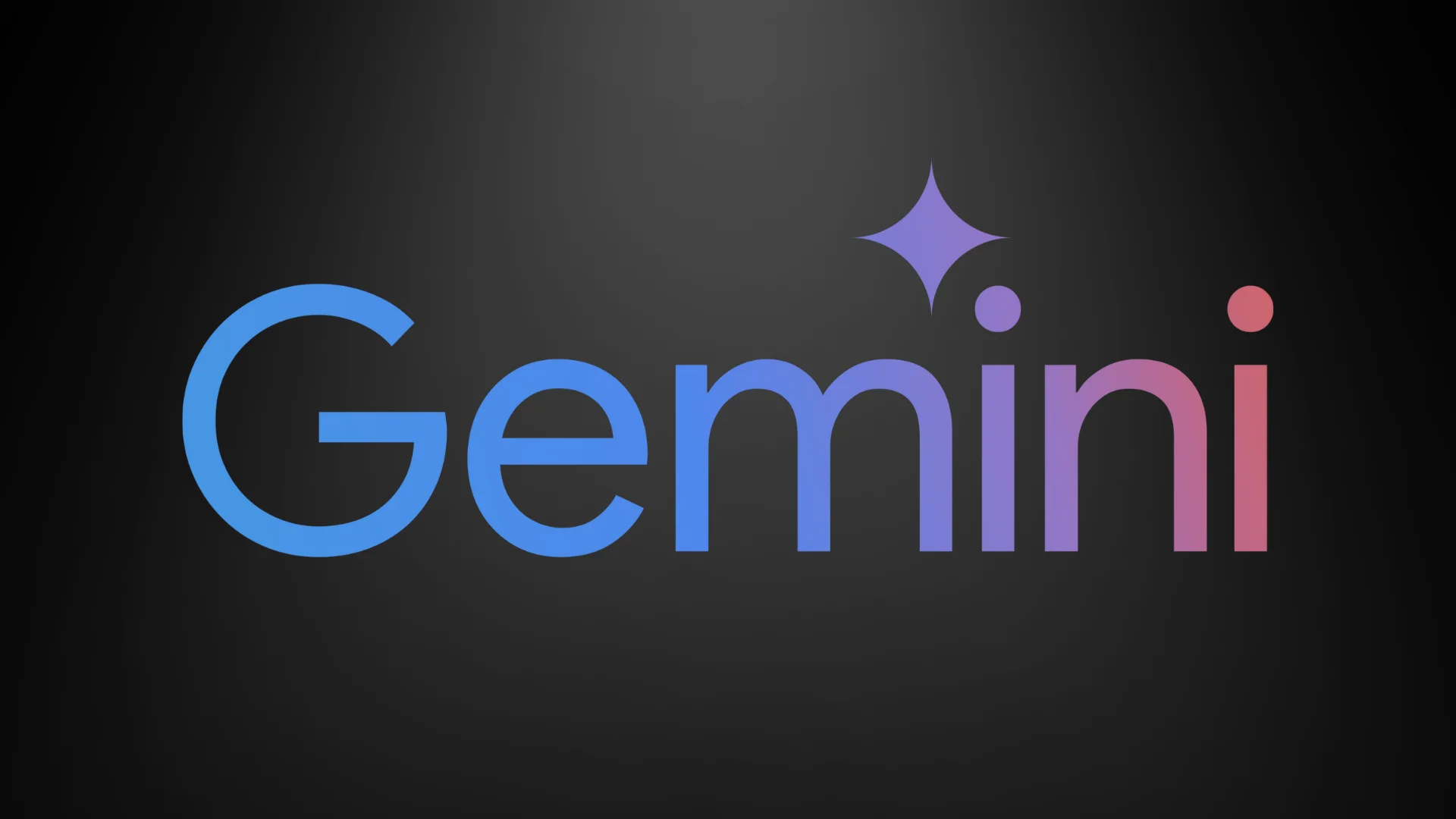Google DeepMind researchers have unveiled a groundbreaking approach called AtP* to comprehend the behaviors of large language models (LLMs). This innovative method builds upon its predecessor, Attribution Patching (AtP), by retaining the core concept of effectively attributing actions to specific model components while significantly enhancing the process to tackle and rectify its inherent limitations.
At the core of AtP* lies a clever solution to a complex issue: identifying the role of individual components within LLMs without being overwhelmed by the computational demands typically associated with traditional methods. Previous techniques, though informative, struggled with the vast number of components in cutting-edge models, making them less practical. In contrast, AtP* introduces a sophisticated, gradient-based approximation that greatly reduces the computational burden, analyzing potential and efficient LLM behaviors.
The genesis of AtP* stemmed from the recognition that the original AtP method exhibited significant weaknesses, particularly in generating notable false negatives. This flaw not only clouded the accuracy of the analysis but also raised doubts about the reliability of the findings. In response, the Google DeepMind team set out to refine AtP, resulting in the development of AtP*. Through recalibrating the attention softmax and integrating dropout during the backward pass, AtP* effectively addresses the failure modes of its predecessor, enhancing both the precision and reliability of the method.
The impact of AtP* on AI and machine learning cannot be overstated. Through meticulous empirical evaluation, the DeepMind researchers have convincingly demonstrated that AtP* surpasses other existing methods in terms of efficiency and accuracy. Specifically, the technique significantly enhances the identification of individual component contributions within LLMs. For example, the research revealed that AtP*, when compared to traditional brute-force activation patching, can achieve substantial computational savings without compromising the quality of the analysis. This efficiency gain is particularly striking in attention nodes and MLP neurons, where AtP* excels in pinpointing their specific roles within the LLM architecture.
Beyond the technical capabilities of AtP*, its real-world implications are profound. By providing a more detailed understanding of how LLMs function, AtP* opens the door to optimizing these models in previously unimagined ways. This translates to improved performance and the potential for more ethically aligned and transparent AI systems. As AI technologies continue to permeate various industries, the importance of such tools cannot be underestimated—they are essential for ensuring that AI operates within ethical boundaries and societal expectations.
AtP* marks a significant advancement in the pursuit of comprehensible and manageable AI. The method exemplifies the ingenuity and dedication of the researchers at Google DeepMind, offering a fresh perspective on understanding the inner workings of LLMs. As we stand on the cusp of a new era in AI transparency and interpretability, AtP* illuminates the path forward and challenges us to rethink what is achievable in artificial intelligence. With its introduction, we move one step closer to demystifying the complex behaviors of LLMs, ushering in a future where AI is potent, pervasive, understandable, and accountable.
Check out the Paper. All credit for this research goes to the researchers of this project. Also, don’t forget to follow us on Twitter and Google News. Join our 38k+ ML SubReddit, 41k+ Facebook Community, Discord Channel, and LinkedIn Group.
If you like our work, you will love our newsletter.
Don’t Forget to join our Telegram Channel
You may also like our FREE AI Courses.
Muhammad Athar Ganaie, a consulting intern at MarktechPost, is a proponent of Efficient Deep Learning, with a focus on Sparse Training. Pursuing an M.Sc. in Electrical Engineering, specializing in Software Engineering, he blends advanced technical knowledge with practical applications. His current endeavor is his thesis on “Improving Efficiency in Deep Reinforcement Learning,” showcasing his commitment to enhancing AI’s capabilities. Athar’s work stands at the intersection “Sparse Training in DNN’s” and “Deep Reinforcement Learning”.






















